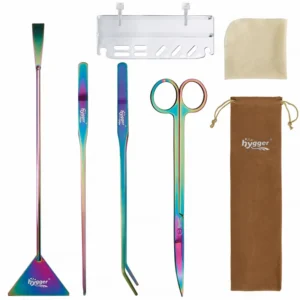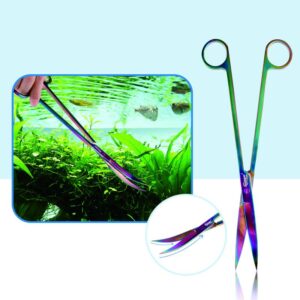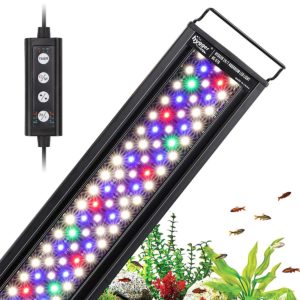The Aquarium Plant Wonder of Vallisneria
Venture into aquatic realms and discover Vallisneria, a genus within the Hydrocharitaceae’s own family. These extraordinary plants sprawl throughout numerous ecosystems, from the tropics to the subtropics, adorning rivers, lakes, and coastal brackish waters. First examined via Carl Linnaeus in 1753 and honoring the revered Antonio Vallisneri, those plants boast ribbon-like leaves, some extending beyond a meter in nature.
In aquariums, their length stays modest. They multiply through seeds or lateral sprouts, yet their resemblance regularly confounds each scientist and aquarist. Despite this, their adaptability, resilience, and reputation make Vallisneria prized in aquariums, particularly for herbivorous fish, thriving effortlessly in varying situations.
Vallisneria Types
Vallisneria is a genus of aquatic vegetation that might be generally observed in freshwater habitats which include rivers, lakes, and ponds. There are several exclusive forms of Vallisneria plants, each with its very own specific characteristics and boom necessities.
1. Vallisneria spiralis
| Also referred to as vallisneria or tape grass, it is one of the most popular styles of Vallisneria. It has lengthy, slim leaves that grow in a spiral pattern. It can grow quite tall, attaining up to 2 meters on top. This plant is tremendously smooth to care for and might tolerate an extensive range of water situations. | 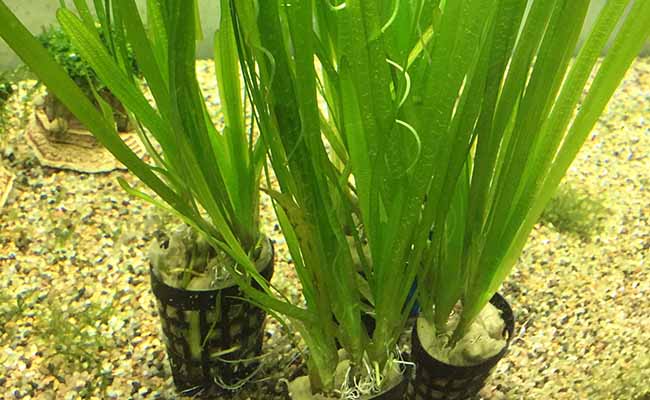 |
2. Vallisneria Americana
| Native to North America, this type of Vallisneria is also known as American eelgrass. Its leaves are wider and shorter than the ones of V. Spiralis, and they have a greater crinkled appearance. It is a hardy plant that may thrive in low-light and excessive-mild situations. | 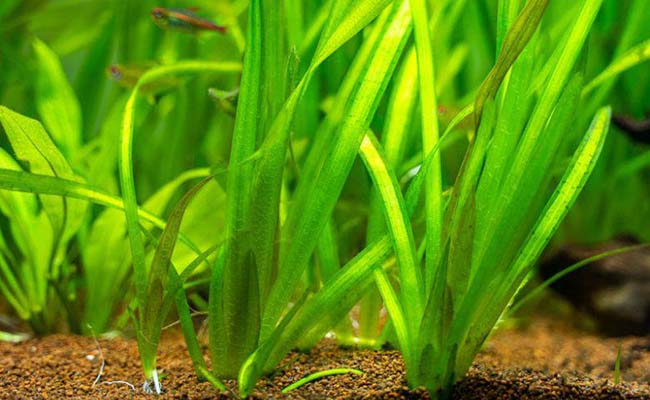 |
3. Vallisneria nana
| Also referred to as dwarf Vallisneria, this species is smaller as compared to different types of Vallisneria. It has brief, slim leaves that shape a dense cluster. It is a perfect desire for smaller tanks or for foreground planting in large tanks. | 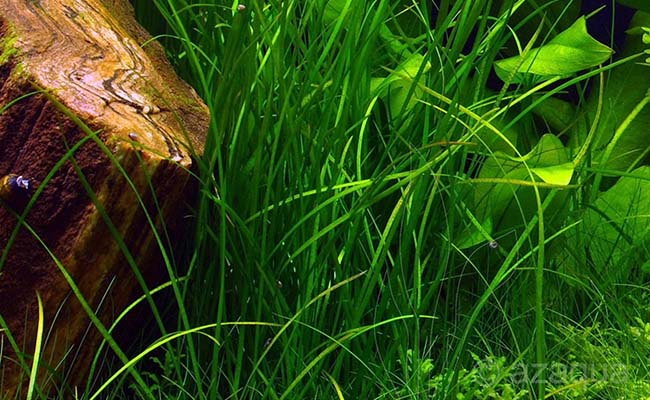 |
4. Vallisneria asiatica
| This species is native to Asia and is generally known as Asiatic eelgrass. It has long, slim leaves that can grow up to one meter in a period. It is a quick-developing plant that may quickly replenish an aquarium or pond. | 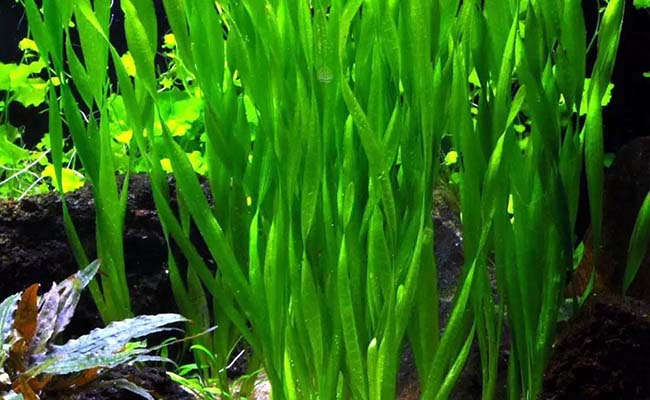 |
5. Vallisneria gigantea
| As the name shows, it is the largest species of Vallisneria. It has extensive leaves which could reach up to 1 meter in width. It calls for a big aquarium or pond to house its size. | 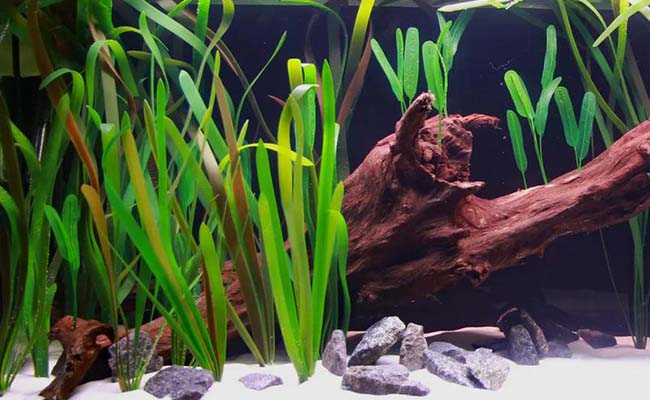 |
What Type of Plant is a Vallisneria
Vallisneria is a type of aquatic plant usually referred to as eelgrass or tape grass. It belongs to the family Hydrocharitaceae and is native to tropical and temperate areas across the arena. Vallisneria is generally observed in freshwater habitats which include rivers, lakes, and ponds, wherein it may expand submerged in the water or rooted inside the muddy substrate.
The leaves of Vallisneria are long and ribbon-like, with a smooth texture and an inexperienced coloration. Depending on the species and environmental situations, they can grow as many as numerous feet in duration. The plant additionally produces small, inconspicuous plants that are usually submerged underwater. They are pollinated through water currents or small aquatic insects.
Vallisneria is a popular preference for aquariums because of its appealing look and functionality to oxygenate the water. It presents a haven for fish and other aquatic organisms, as well as serving as a nutrient sink that enables exceptional water retention. In natural ecosystems, Vallisneria plays a critical function in stabilizing sediments, improving water readability, and supplying meals and habitat for various species.
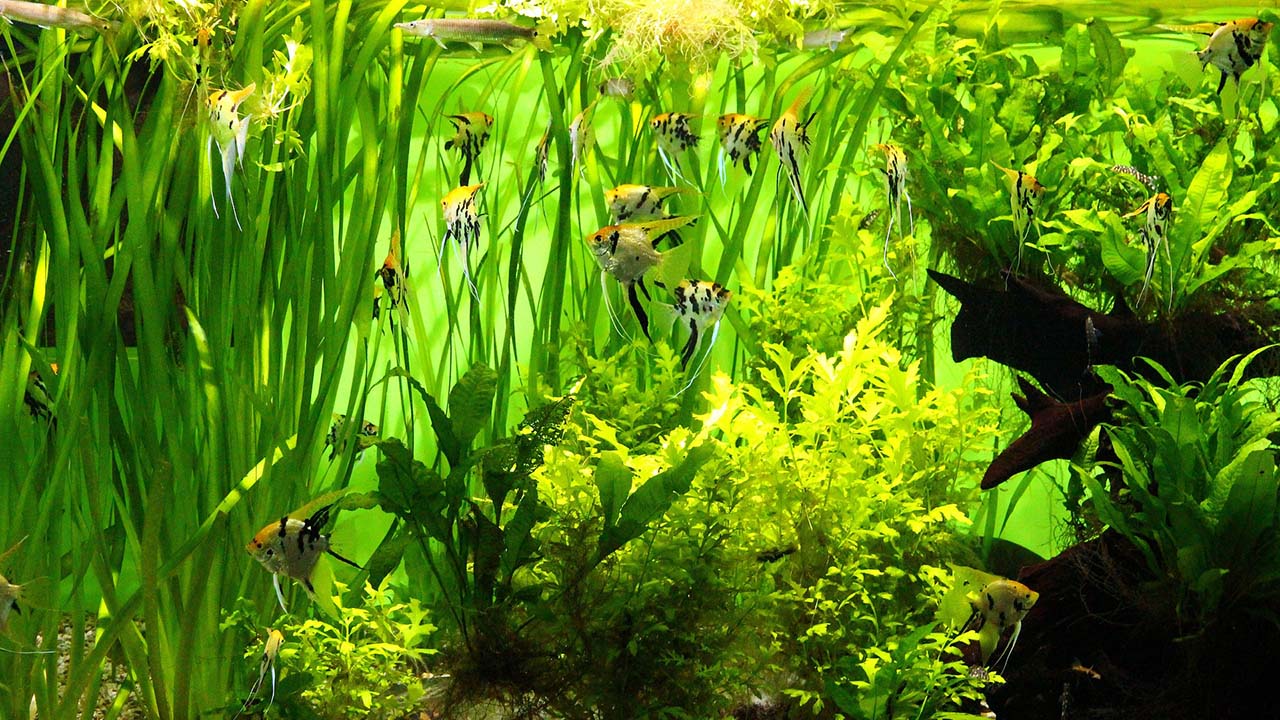
Can Vallisneria Grow in Gravel
One not unusual question amongst aquarium fans is whether Vallisneria can develop in gravel substrate. Let’s explore the traits and boom requirements of Vallisneria to determine if it could thrive in gravel surroundings.
Characteristics of Vallisneria
- Long, Ribbon-like Leaves
Vallisneria has long, slim leaves that could develop as much as several feet in length. These leaves are typically inexperienced in coloration and have an awesome ribbon-like shape.
- Rhizome System
Vallisneria has a rhizome machine, which is an underground stem that produces roots and shoots. This rhizome permits the plant to anchor itself inside the substrate and soak up nutrients from the water.
- Runner Production
Vallisneria produces runners, which might be horizontal stems that develop alongside the substrate. These runners give an upward push to new flowers, allowing Vallisneria to unfold and form dense colonies.
Growth Requirements of Vallisneria
- Substrate
Vallisneria prefers a free substrate that allows its rhizome device to spread and anchor itself. While gravel can offer stability, it’s typically no longer the ideal substrate for Vallisneria. Fine sand or a specialized aquatic plant substrate is frequently endorsed.
- Nutrients
Like all vegetation, Vallisneria requires nutrients to develop. It obtains the maximum of its vitamins from the water column, but a nutrient-wealthy substrate can also benefit its boom. Adding root tabs or liquid fertilizers specially designed for aquatic plant life can assist in providing vital nutrients.
- Lighting
Vallisneria is a light-structured plant and calls for slight to excessive degrees of mild to thrive. Adequate light promotes photosynthesis and allows it to develop and broaden wholesome leaves.
- Water Parameters
It prefers barely alkaline to neutral water with a pH variety of 6.5-8. It can tolerate a wide range of water hardness and temperature, making it adaptable to various aquarium setups.
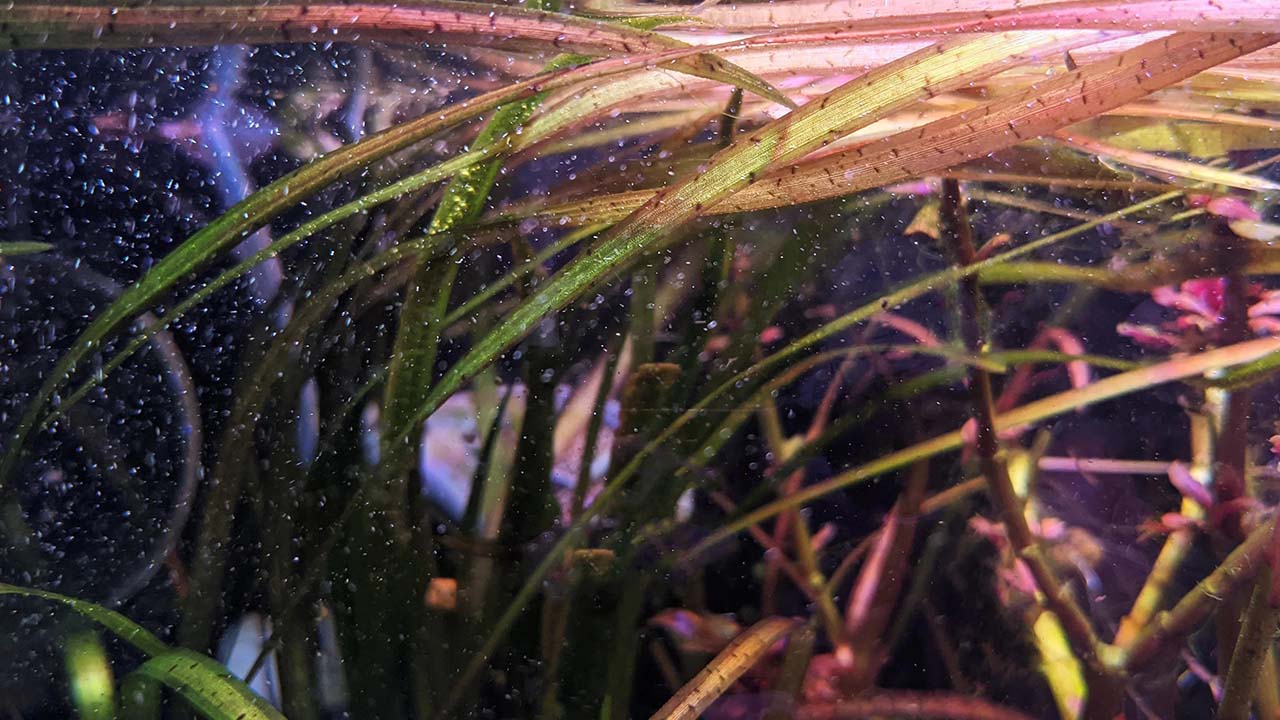
How to Plant Vallisneria
Choosing the Right Vallisneria Species
When planting Vallisneria for your tank, it’s important to choose the proper species that suits your tank’s conditions. Common Vallisneria species consist of Vallisneria americana, Vallisneria spiralis, and Vallisneria gigantea. Consider factors including the tank size, lights, tank temperature, and water parameters to select the species to thrive in your tank.
Preparing the Tank
Before planting Vallisneria, make sure that your tank is installed properly. This includes cleansing the tank, including an appropriate substrate (which includes nutrient-rich soil or gravel), and putting in place the lights and filtration structures. It’s critical to offer adequate lighting fixtures for the vegetation boom and make sure that the water parameters are suitable for Vallisneria species.
Planting Techniques
To plant Vallisneria for your tank, observe the steps:
- Trim the roots: If the Vallisneria flora has lengthy roots, trim them to a suitable duration for planting.
- Dig holes in the substrate: Use your arms or a planting tool to create holes in the substrate where you need to region the Vallisneria plant life.
- Insert the flora: Gently place the Vallisneria plant life into the holes, making sure that the roots are nicely covered through the substrate. Avoid burying the crown of the flowers too deep, as it can cause rotting.
- Space the flora: Leave enough area amongst every plant to permit for their increase and unfold. Typically, a spacing of some inches is suggested, depending on the plant’s period and species.
Maintenance and Growth
Once the Vallisneria vegetation is planted, the right upkeep is important for their growth:
- Lighting and fertilization
Provide appropriate lighting for the flora boom. Consider the use of a timer to make a regular light length. Additionally, take into account adding liquid or substrate fertilizers to offer essential vitamins.
- Water parameters
Maintain suitable water parameters for Vallisneria, along with temperature, pH, and water hardness. Regular water tests and changes can be important.
- Pruning and thinning
As Vallisneria vegetation grows, it may require occasional pruning and thinning to govern its duration and prevent overcrowding. Trim any damaged or decaying leaves to maintain plant health.
- Algae manipulation
Monitor your tank for algae boom, as it may compete with Vallisneria for nutrients. Regular tank maintenance, proper lighting timer, and nutrient management can help save you from excessive algae boom.
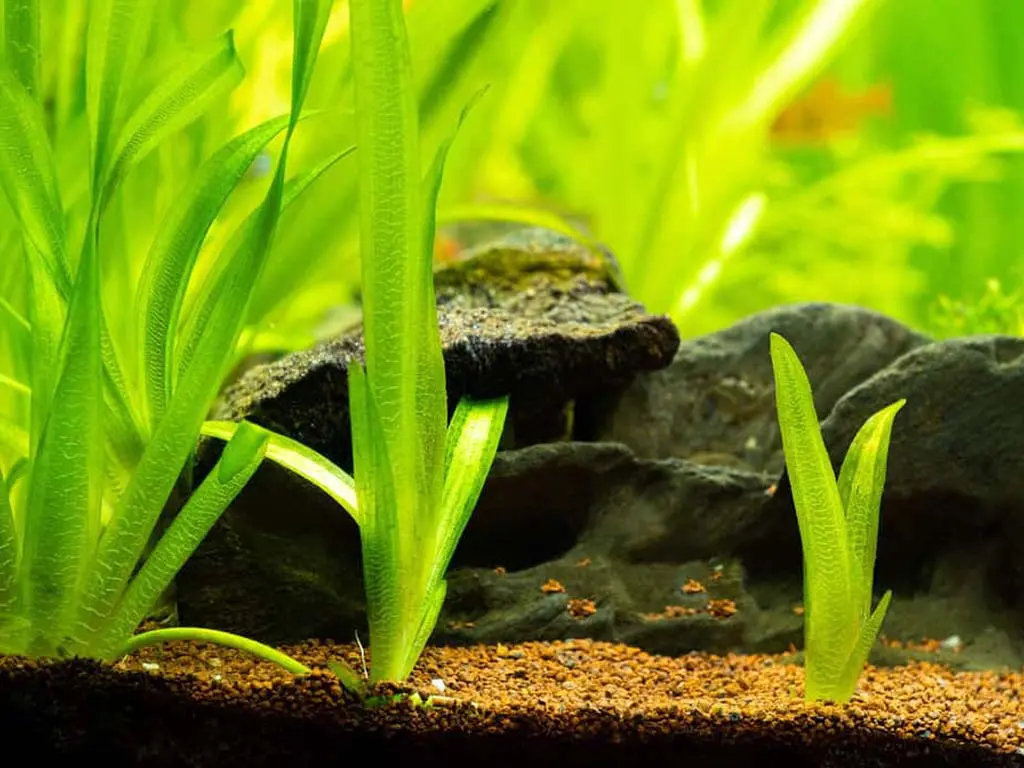
Conclusion
In the end, Vallisneria’s beauty and adaptability make it a prized addition to aquariums. Despite the confusion in naming, its several species provide diversity in aquascaping. Understanding their desires, from the substrate to lighting fixtures, ensures their flourishing. As an herbal habitat for micro fish, those resilient vegetation raise aesthetics at the same time as they make contributions to a balanced aquatic atmosphere, enriching every tank’s appearance and aquatic existence.

